With their powerful presence and fearsome reputation, great white sharks have long fascinated and terrified people. These majestic creatures have been the subject of numerous myths and misconceptions, often fueled by sensationalized media portrayals and a general lack of understanding. Here, we debunk 15 common myths about great white sharks, revealing the truth about these incredible animals.
Myth 1: Great White Sharks Are Man-Eaters
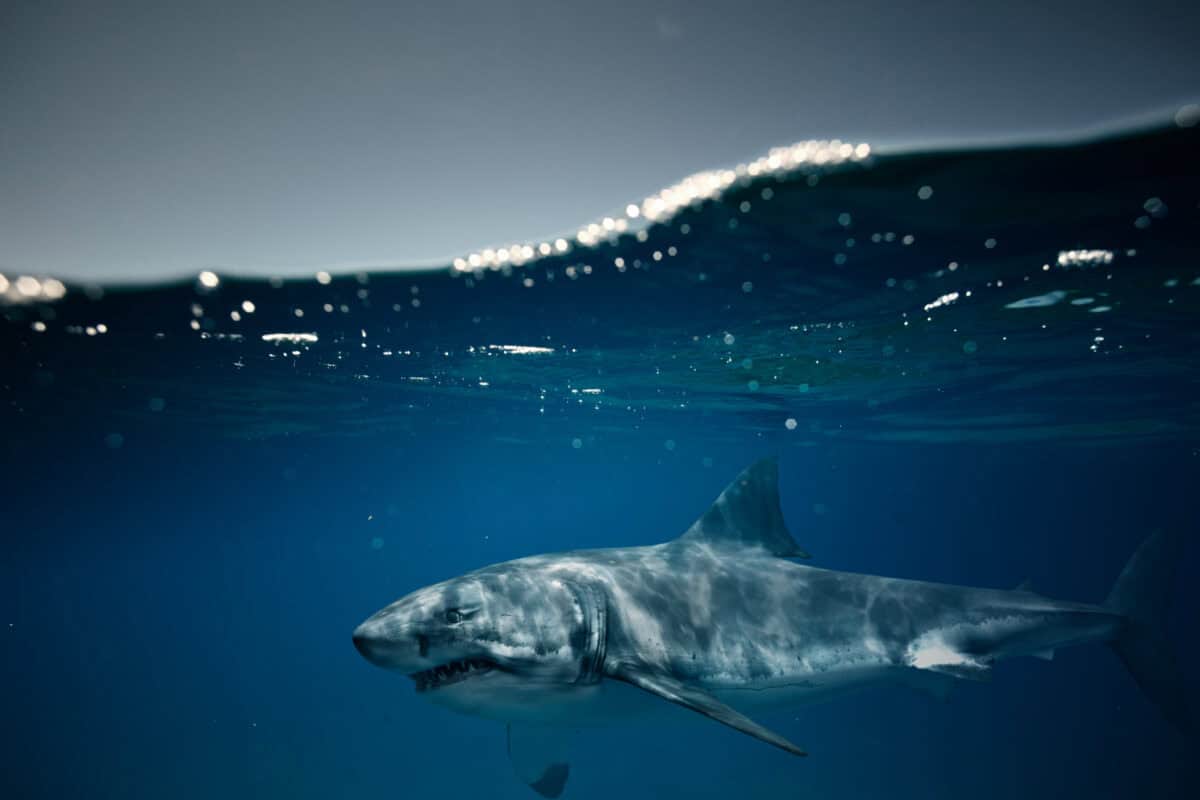
One of the most persistent myths is that great white sharks are man-eaters, constantly hunting humans. In reality, great white shark attacks on humans are rare. They are more likely to bite out of curiosity or mistake a person for their natural prey, such as seals. Humans are not part of their diet.
Myth 2: Great White Sharks Are Mindless Killers

Contrary to the belief that great white sharks are mindless killers, they are intelligent predators with complex behaviors. Studies have shown that great whites can display curiosity, social interactions, and problem-solving skills. Their hunting techniques also demonstrate strategic thinking.
Myth 3: Great White Sharks Are Found Only in Warm Waters

While great white sharks are often associated with warmer coastal waters, they are actually found in a variety of ocean environments, including cooler waters. They have been spotted from the tropics to the icy waters near the poles, showing their adaptability to different temperatures.
Myth 4: All Shark Species Are Dangerous to Humans
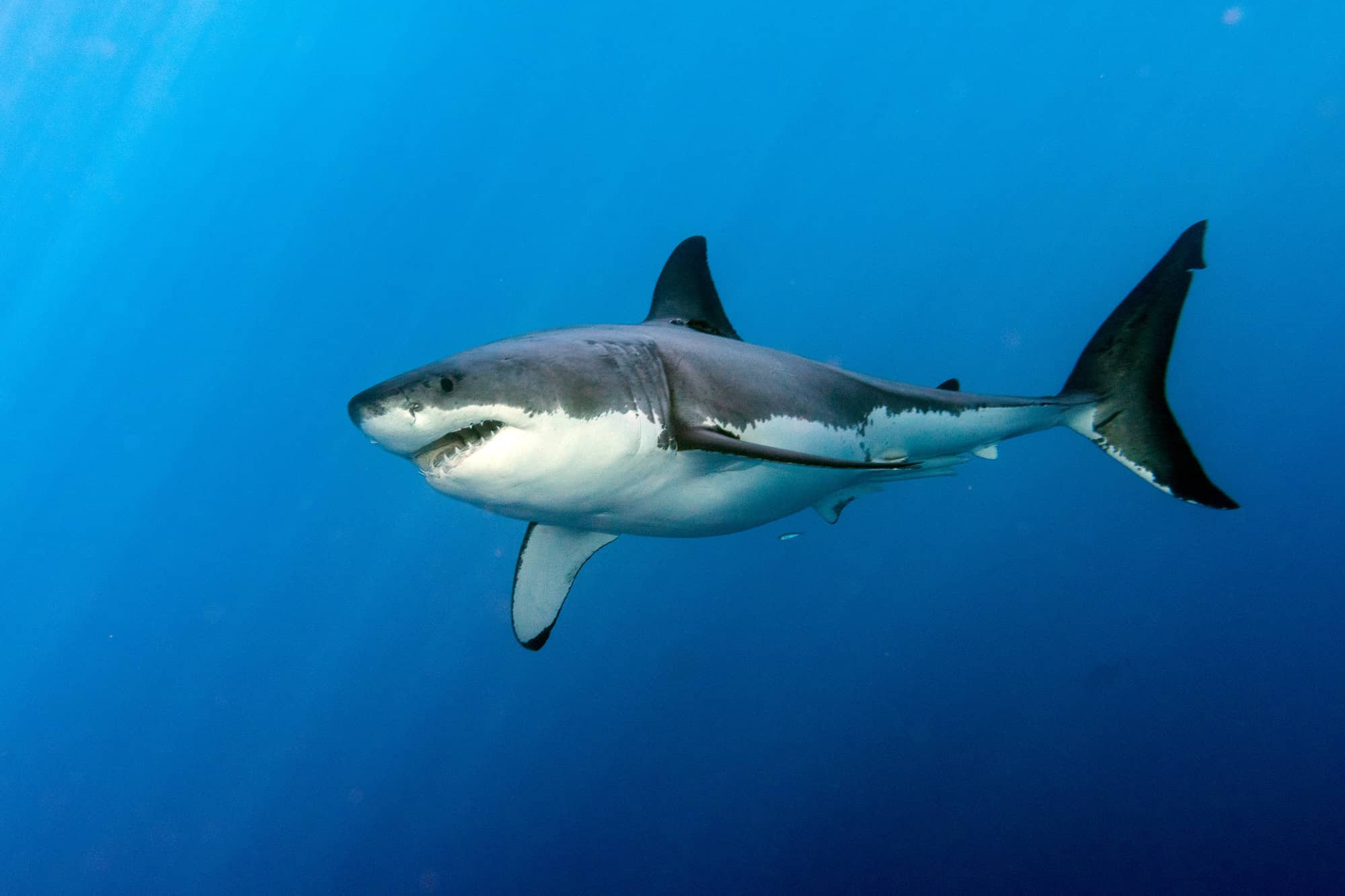
Of the hundreds of shark species, only a handful are considered dangerous to humans, and great white sharks are just one of them. Most shark species are harmless to people and play crucial roles in maintaining the health of marine ecosystems.
Myth 5: Great White Sharks Are Always Aggressive
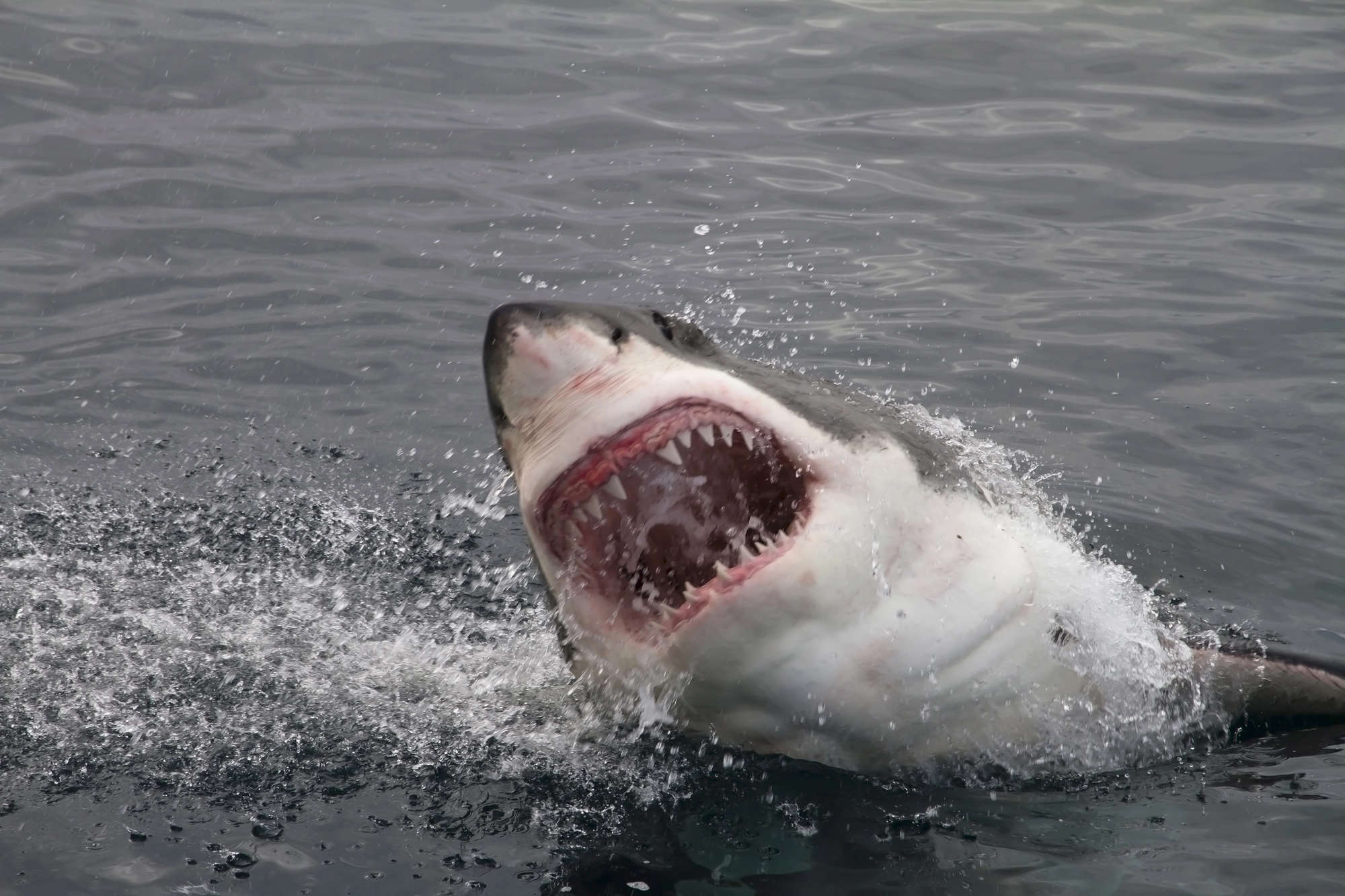
Great white sharks are not always aggressive; their behavior depends on various factors such as food availability, environmental conditions, and their own physiological state. Many encounters between humans and great white sharks are non-aggressive.
Myth 6: Sharks Don’t Get Cancer
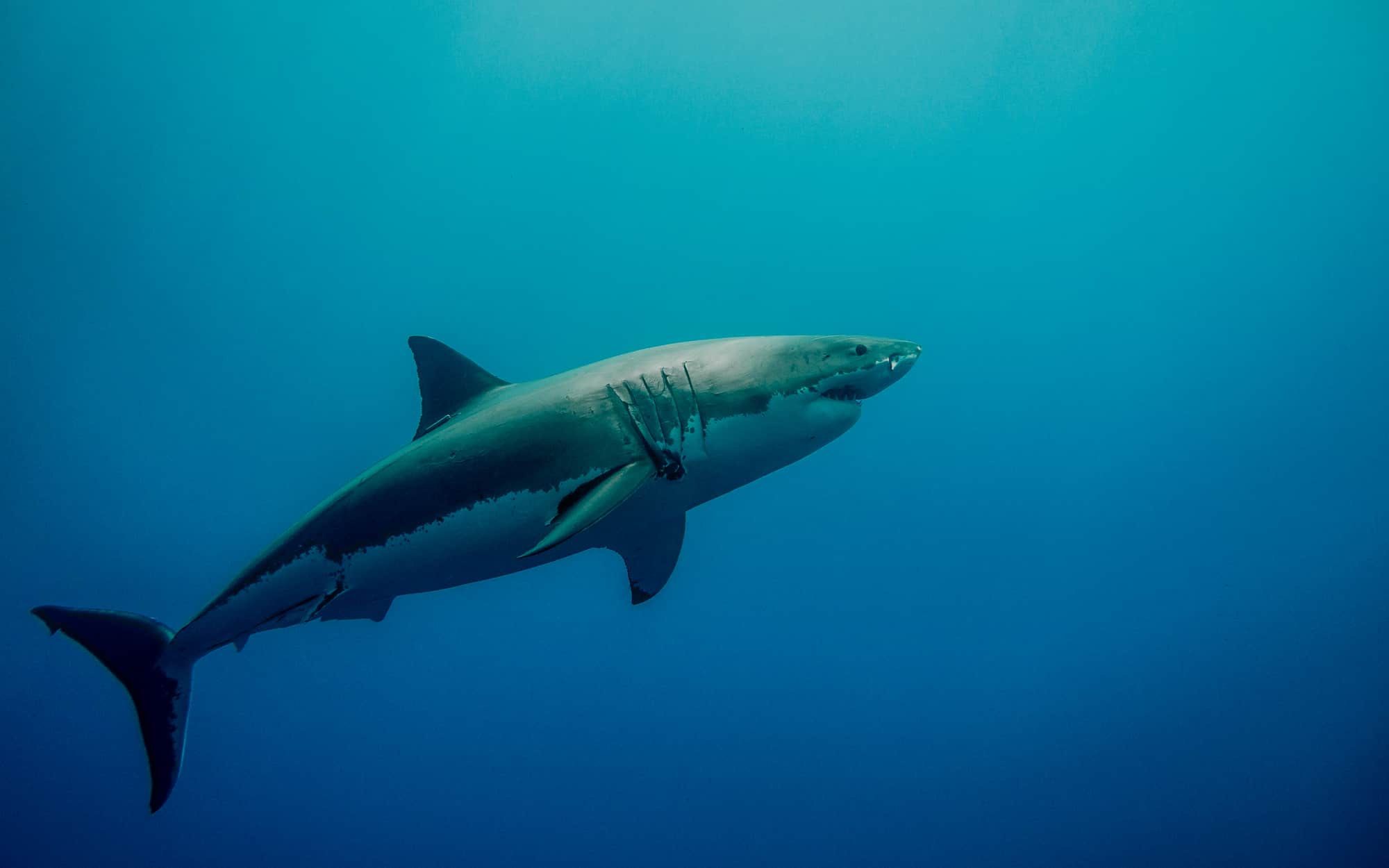
The idea that sharks, including great whites, are immune to cancer is a myth. While they have lower rates of cancer compared to humans, sharks can and do develop various forms of cancer. Research is ongoing to understand why their cancer rates are lower.
Myth 7: Great White Sharks Are Solitary Creatures
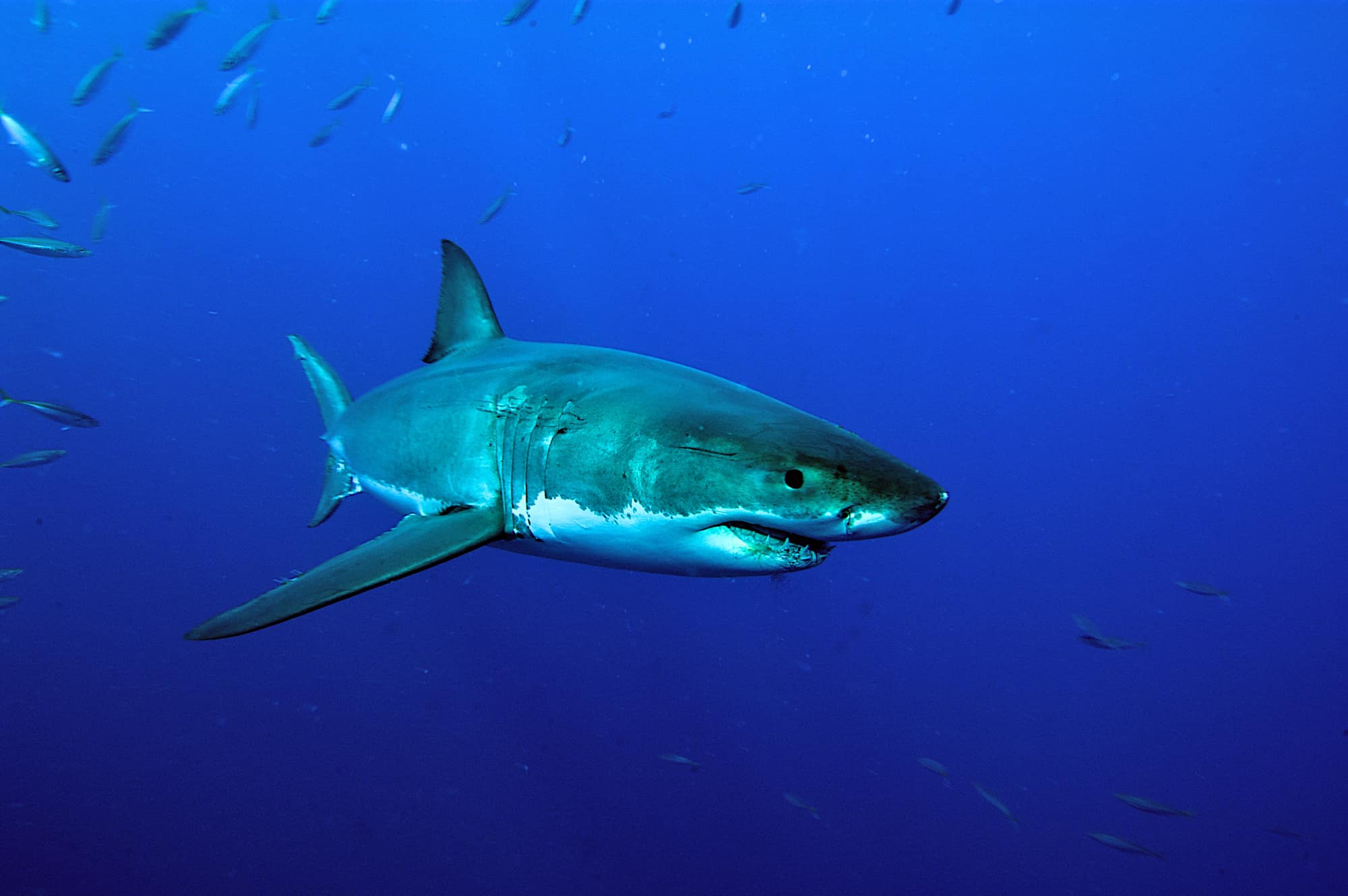
While great whites are often seen alone, they can exhibit social behaviors. Some studies suggest that they may form temporary social groups, especially around feeding sites. Tagging and tracking have shown that they can follow similar migration patterns, indicating a level of social interaction.
Myth 8: Sharks Have Poor Vision
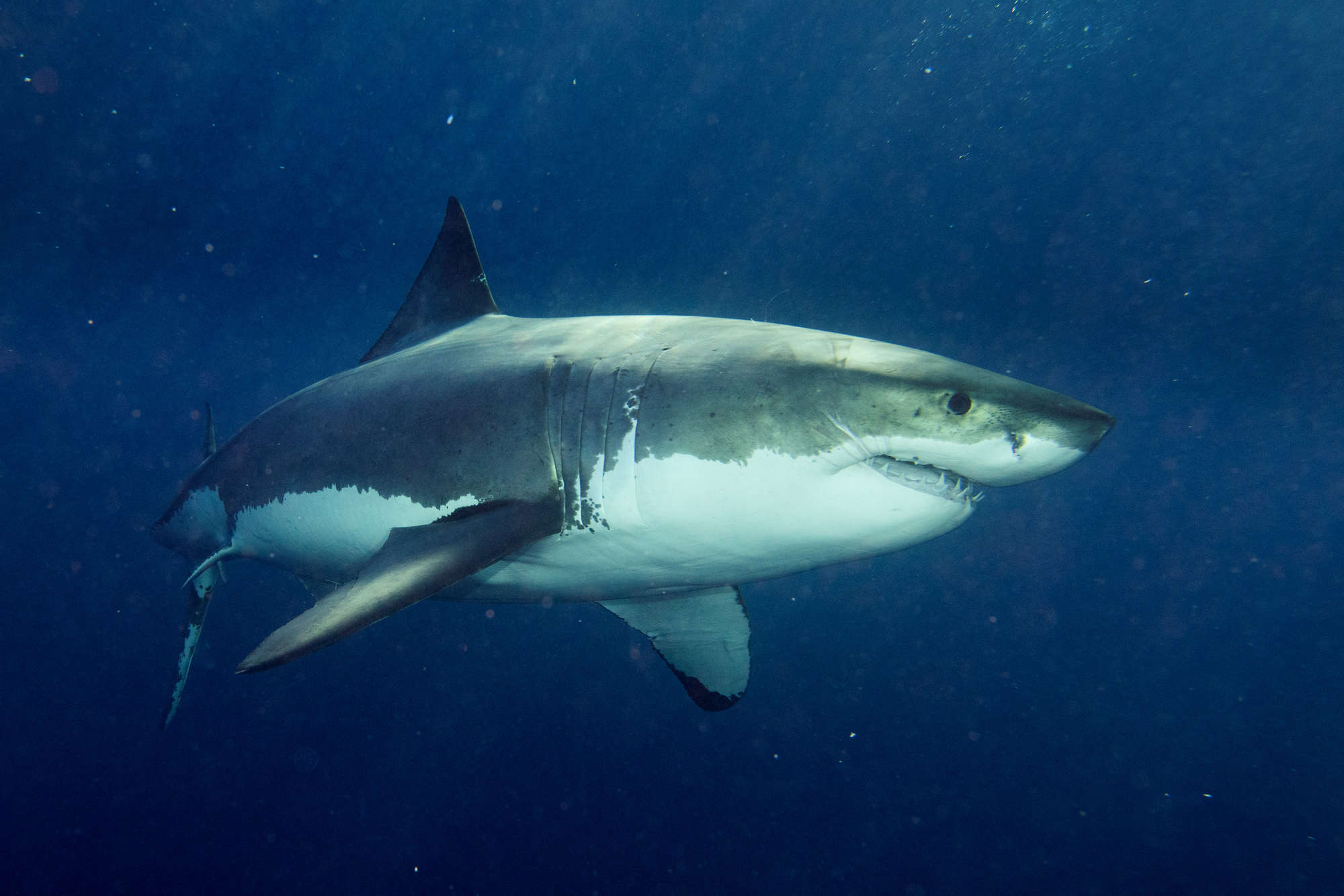
Great white sharks actually have excellent vision. They are equipped with a high number of rod cells in their eyes, allowing them to see well in low light conditions. They can also detect electromagnetic fields and have a keen sense of smell, making them highly effective hunters.
Myth 9: Shark Nets and Culling Protect Beachgoers
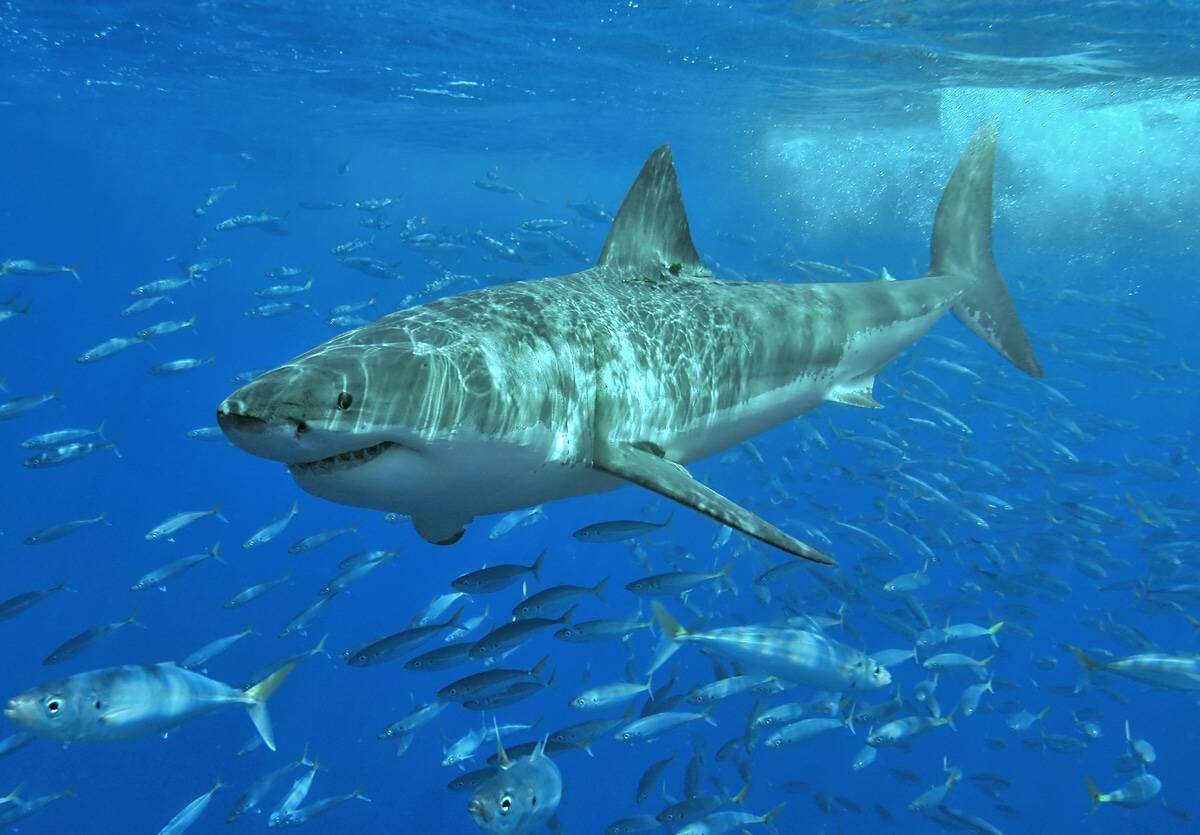
Shark nets and culling programs are often promoted as ways to protect beachgoers, but they are not foolproof and can cause significant harm to marine ecosystems. These methods often result in the death of many non-target species, including dolphins, turtles, and harmless sharks. More sustainable approaches include public education and shark spotting programs.
Myth 10: Great White Sharks Are the Largest Sharks
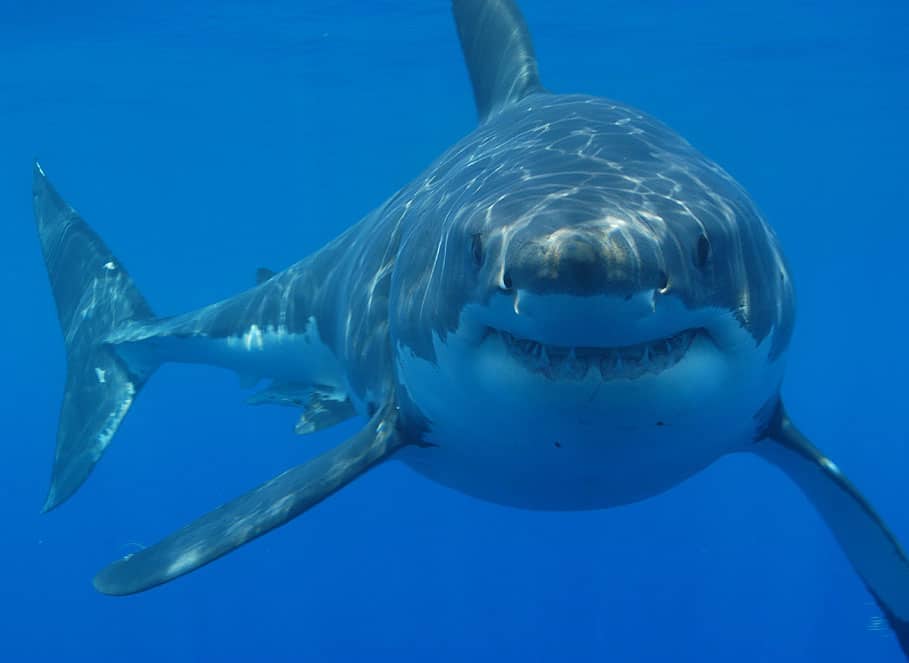
Great white sharks are large, but they are not the largest shark species. That title belongs to the whale shark, which can grow up to 40 feet in length. Great whites typically reach lengths of 15-20 feet, making them formidable but not the largest.
Myth 11: Sharks Have to Keep Moving to Stay Alive
While many sharks, including great whites, need to swim continuously to keep oxygen-rich water flowing over their gills, some species can rest on the ocean floor and pump water over their gills. Great whites do need to keep moving to breathe, but not all sharks share this characteristic.
Myth 12: Great White Sharks Are Not Endangered

Great white sharks are considered vulnerable by the International Union for Conservation of Nature (IUCN). They face threats from overfishing, bycatch, and the demand for shark fins and jaws. Conservation efforts are crucial to their survival.
Myth 13: Shark Attacks Are Common
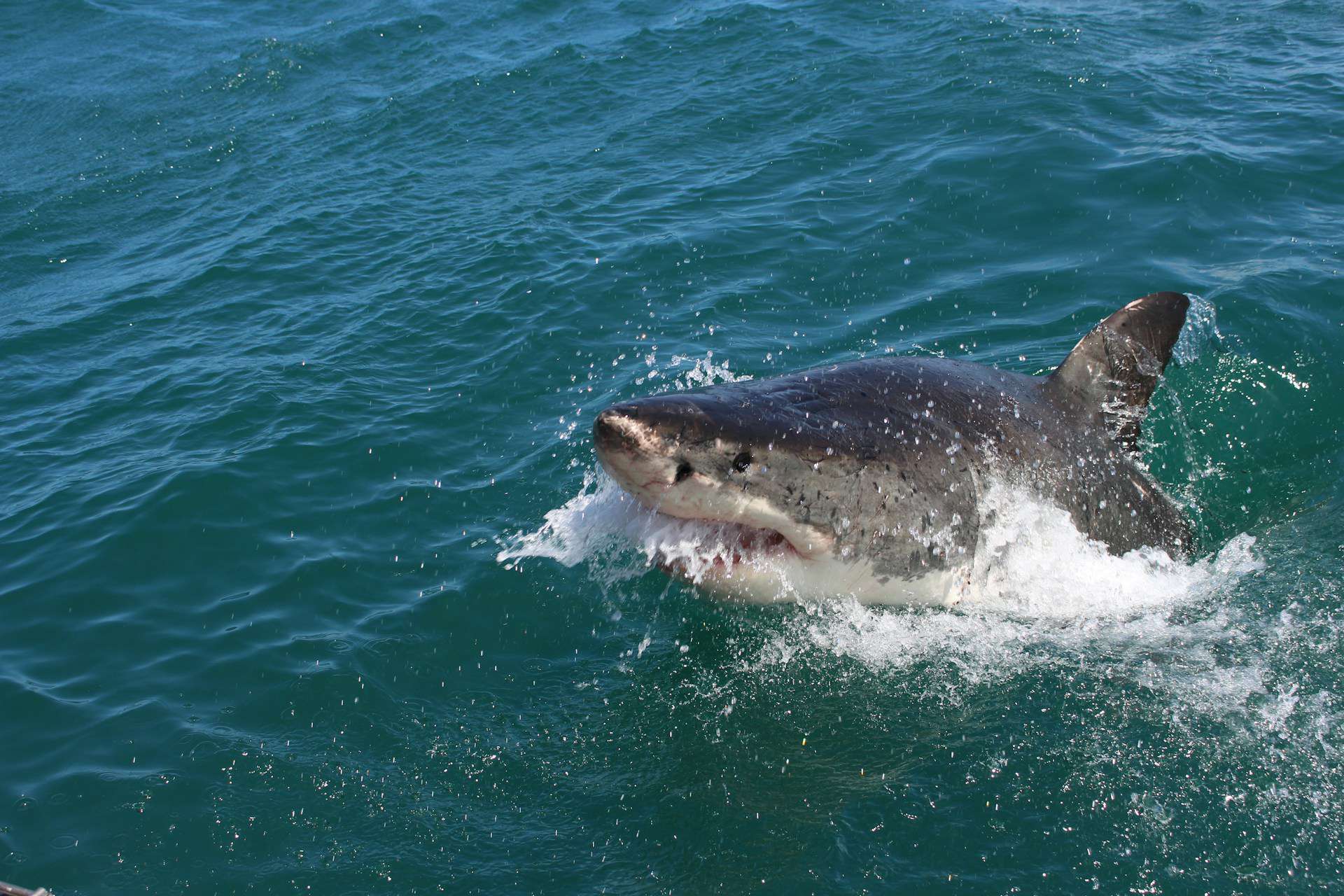
Shark attacks are exceedingly rare. The likelihood of being attacked by a shark is extremely low compared to other risks. Activities like driving, swimming in the ocean, and even lightning strikes pose a higher risk than shark attacks.
Myth 14: Great White Sharks Can Smell a Drop of Blood Miles Away

While great white sharks have an excellent sense of smell, the idea that they can detect a single drop of blood from miles away is exaggerated. They can detect small concentrations of substances in the water, but not to the extreme extent often portrayed in popular media.
Myth 15: Great White Sharks Are Indiscriminate Eaters

Great white sharks have a selective diet. Juveniles primarily feed on fish and rays, while adults prefer marine mammals such as seals and sea lions. Their hunting strategies and prey choices are adapted to their specific nutritional needs and the environments they inhabit.
Conclusion

Great white sharks are magnificent creatures that play a vital role in marine ecosystems. By debunking these myths, we can foster a better understanding and appreciation of these apex predators. Education and conservation efforts are essential to ensure their survival and to dispel the unfounded fears that have long surrounded them. Through science and awareness, we can coexist with great white sharks, respecting their place in the ocean’s intricate web of life. I hope you debunked some myths today. To read more like this, check out the articles below:
- 10 Reasons Why Great White Sharks Are The Apex Predators of the Ocean
- Great White Shark vs. Nile Crocodile
- The Great White Shark vs. The Lethal Irukandji Jellyfish
Join our Forum for free today!


